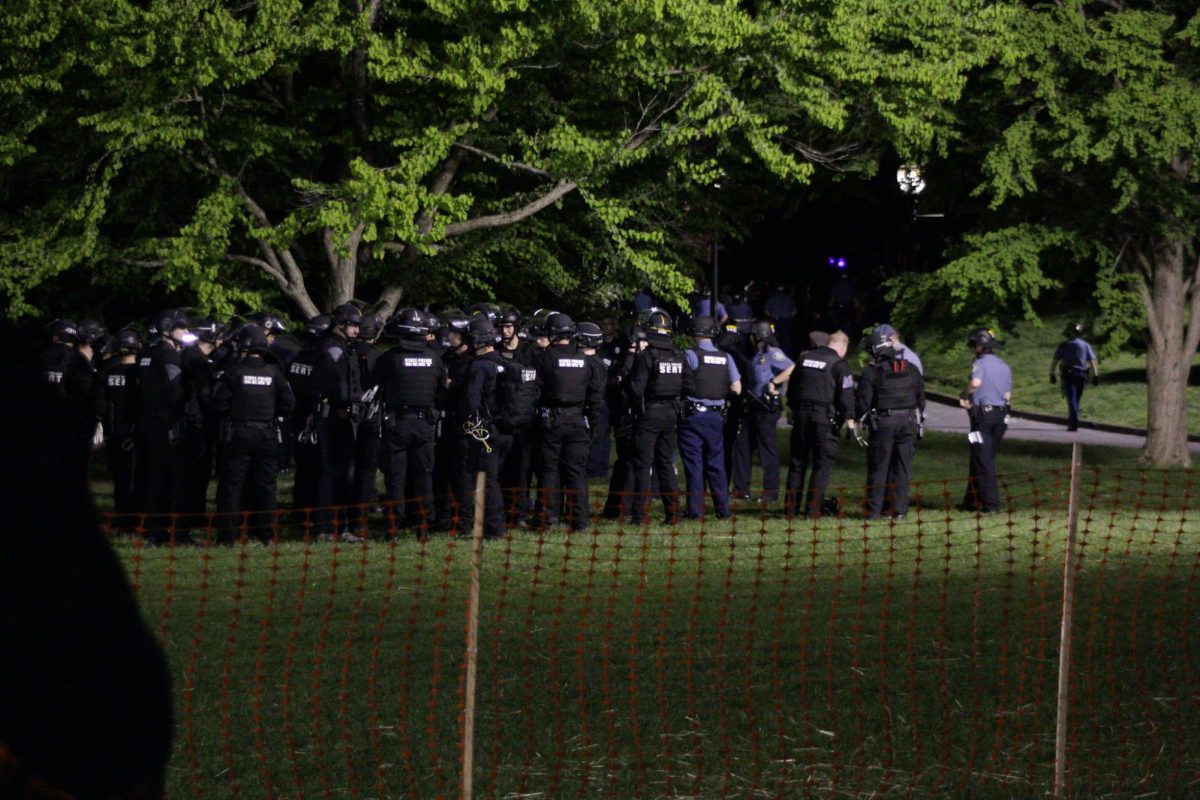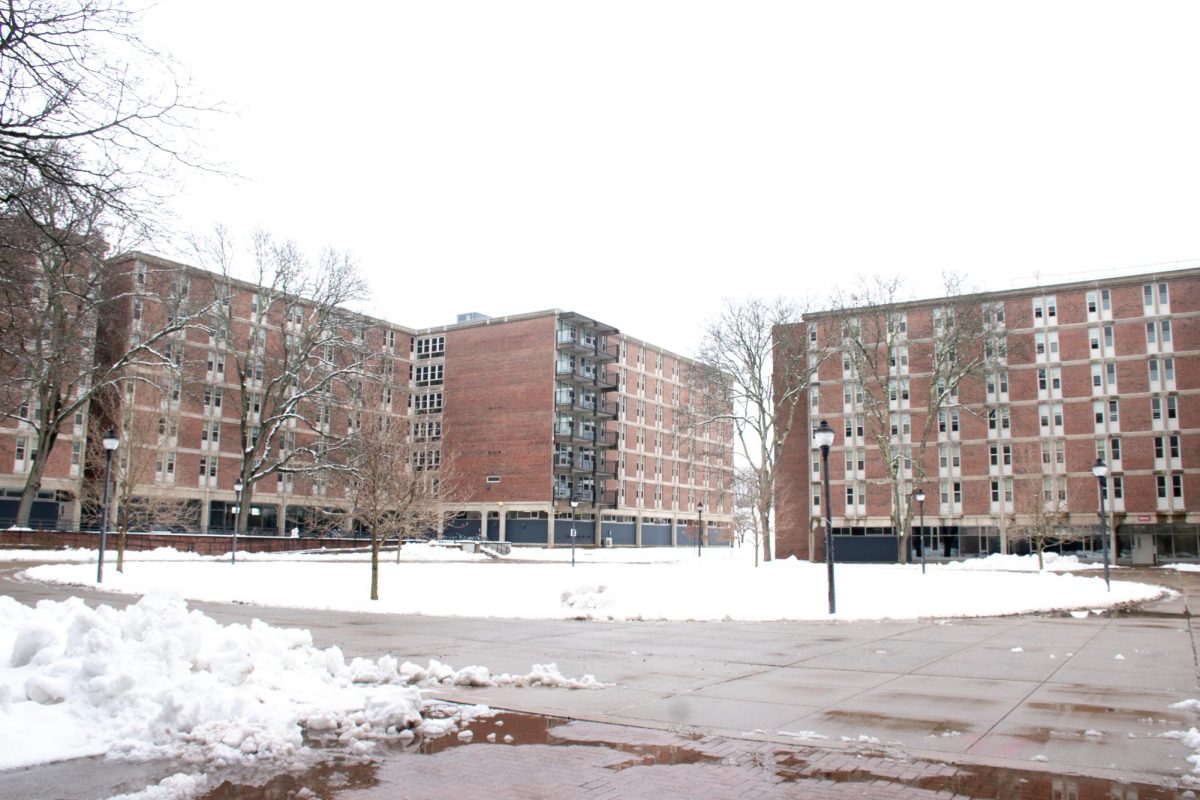
Low-income and poor students alike fight day to day in a system that marginalizes them,
a system that forces its victims into a never-ending circle of survival, in a process of
dehumanization that only few overcome.
For many young adults like myself, trapped in the grasp of poverty and homelessness,
education is the only way the break the cycle. However, as we have seen over the past few decades, the costs of attending a university have skyrocketed, becoming an area for the upper-
middle-class and the rich to maintain their status, while lesser privileged students are left to fight for the scraps.
As described in a previous article, I came to the University of Massachusetts on the heels
of a six-year-period of homelessness and instability.
In poverty, there are but two principal goals: make it to the next day and find a way out.
Everything else falls secondary. Microwavable meals and fast food are often the only food
options. There is no other stress like one’s fate being subjected to the rules of the shelter system.
There is a consistent back and forth, and to be comfortable is to be vulnerable. The only constant is change.
For those enduring a similar experience in their formative years, the pursuit of education
often takes secondhand importance. The college admissions process is the first point that divides
students on the basis of financial security. This can create lasting consequences for poorer
students, as applications have a focus on perfect grades, standardized testing, extracurricular
involvement, leadership roles and volunteer experience. College admissions expect young adults
to maintain a semblance of perfection. For those with no financial support, this facade is almost
unattainable. Having to work to survive or to take on other roles outside of the high school
environment is a hinderance. They are disadvantaged from the very beginning.
The University should be a conduit for social mobility and provide balance to a system
that recently has shifted in favor of the wealthy. Elite universities have long been strongholds
that cater to this privilege as they are, as one New York Times article states, “too worried about
harming their finances and rankings to match their rhetoric about wanting economic diversity
with action.” Consequently, public universities have drawn low-income and middle-class
students under the notion of accessibility and affordability—a lower price tag for the same
quality education.
However, like elite universities, public univeristies have also increasingly prioritized
selectivity and reputation over economic diversity. For this reason, as the director of Georgetown University’s Center on Education and the Workforce describes, “higher education has become a powerful force for reinforcing advantage and passing it on through generations.”
UMass is not exempt from this accusation. While the cost may be comparably lower,
tuition is still rising and is approximately $30,000 per year, one of the most expensive to date.
Rooted in the government’s decreased investment in education, the increasing price impedes
access for low-income students. As the flagship campus, UMass should foster this avenue of
financial change through supporting disadvantaged students. However, a recent study shows that there is more “economic segregation” on our campus than one is led to believe. Almost half of all students are from the top 20 percent income wise; only 5.8 percent from the bottom 20 percent. To reaffirm this point, the median family income is $102,900 – no small sum.
This prevalence of privilege and extreme income disparity is largely a symptom of the
marginalization of poor students within the education system. In the same study, it was found
that six in 10 students from families in the bottom 20 percent income didn’t attend college, while one in 10 attend selective universities–UMass included–and even less attend elite colleges. As public universities become more selective, their prices increase and they limit the opportunities for less fortunate students to attend in a problem that is reinforced by the dominance of the wealthy and a privileged culture bent on maintaining their status.
While much of the action needs to take place at state and federal levels, UMass can step
in to bring positive change. The creation of more on-campus financial literacy programs would
provide resources for students who might not be as aware of the implications of their bill. An
increased availability of scholarships and emergency funding for those in need would provide a
financial safety net, thereby increasing retention and graduation rates. However, there needs to
be a greater push to appeal to and recruit low-income students; such a disparity in economic
diversity on campus proves that something is wrong.
Having lived far below the poverty line for years, I am much too familiar with the often
irreparable damage it can cause. After living through this experience, I can attest to the power of education to allow one to transcend their history, and to rewrite the narrative of their story. For people like me, education now more than ever needs to be an equalizer in the face of wealth
disparity; affordability must become more than just white noise. Low-income students aren’t too far gone, deserving the same new beginning that education offers.
Timothy Scalona is a Collegian columnist and can be reached at [email protected].



















Ana Hunter • Oct 11, 2017 at 4:35 pm
While I sympathize with the author, saying that colleges segregate against low income students is absurd. If you can’t afford to go to a private university go to a state university. If not that then how about community college? The reason students have so many loans is because they go to universities they can’t afford. Make smart choices!
Rob • Oct 11, 2017 at 2:39 pm
Spending a lot of money for college is a choice. One could easily commute to a community college ($5k/year), transfer to UMass for two years, and nearly cut you education costs in half. $70k is not an unreasonable amount for anyone to pay back.